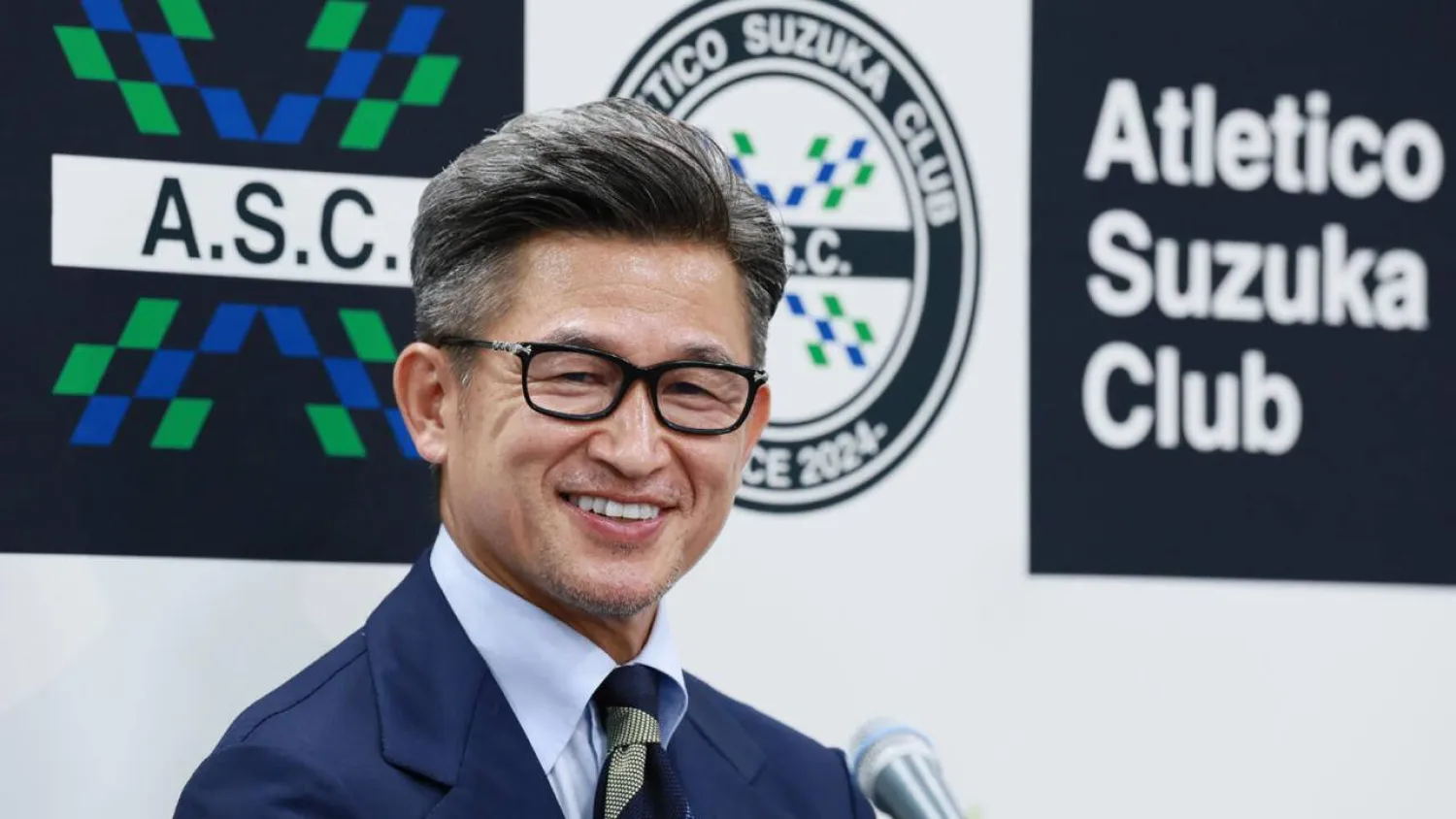Countries' current emissions pledges to limit climate change would still put the world on track to warm by nearly 3 degrees Celsius this century, according to a United Nations analysis released Monday.
The annual Emissions Gap report, which assesses countries' promises to tackle climate change compared with what is needed, finds the world faces between 2.5C (4.5F) and 2.9C (5.2F) of warming above preindustrial levels if governments do not boost climate action.
At 3C of warming, scientists predict the world could pass several catastrophic points of no return, from the runaway melting of ice sheets to the Amazon rainforest drying out.
"Present trends are racing our planet down a dead-end 3C temperature rise," said UN Secretary-General Antonio Guterres. "The emissions gap is more like an emissions canyon."
World leaders will soon meet in Dubai for the annual UN climate summit COP28 with the aim of keeping the Paris Agreement warming target of 1.5C alive.
But the new UN report does little to inspire hope that this goal remains in reach, finding that planet-warming greenhouse gas emissions must fall by 42% by 2030 to hold warming at 1.5C (2.7F).
Even in the most optimistic emissions scenario, the chance of now limiting warming to 1.5C is just 14% — adding to a growing body of scientific evidence suggesting the goal is dead.
Global greenhouse gas emissions rose by 1.2% from 2021 to 2022, reaching a record 57.4 gigatons of carbon dioxide equivalent. The report assessed countries' Nationally Determined Contributions (NDCs), which they are required to update every five years, to determine how much the world might warm if these plans were fully implemented.
It compares unconditional pledges — promises with no strings attached, which would lead to a 2.9C temperature rise — to conditional pledges that would hold warming to 2.5C.
"That is basically unchanged compared with last year's report," said Anne Olhoff, chief scientific editor of the report.
The anticipated level of warming is slightly higher than 2022 projections, which then pointed toward a rise of between 2.4C and 2.6C by 2100, because the 2023 report ran simulations on more climate models.
However, the world has made progress since the Paris Agreement was adopted in 2015. Warming projections based on emissions at that time "were way higher than they are now", Olhoff said.









